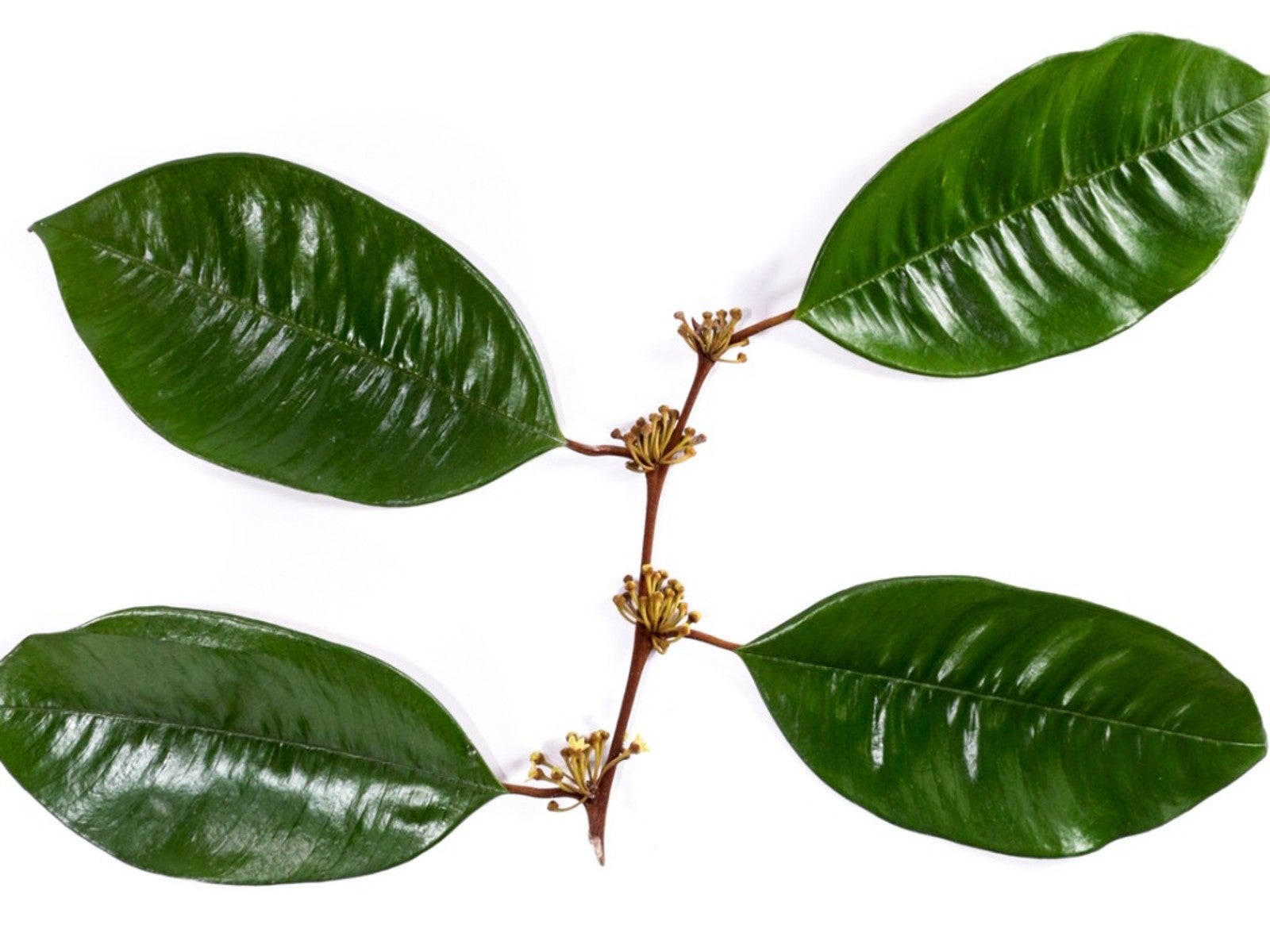Growing A Satin Leaf Tree: How To Care For Chrysophyllum Oliviforme


With a tongue-twister of a botanical name like “Chrysophyllum oliviforme,” you can appreciate the urge to confer common names, and this tree has a few. The most common is satin leaf tree, after its truly gorgeous foliage. These native Florida trees deserve another look for those who live in the warmest zones. For more information on the Chrysophyllum oliviforme, read on.
Chrysolphyllum Oliviforme
In many ways, the satin leaf is the perfect tree. With a mature height of 45 feet (14 m.), it is small enough for small gardens but doesn’t have that miniature look. It is large enough to serve in bigger landscapes and as a street tree, as well.
The evergreen leaves are the satin tree’s prime feature, a full 4 inches (10 cm.) long and two colors. They are a silky-smooth bottle green on top and a glowing silvery copper color beneath. It is absolutely stunning in a breeze.
Other Features of the Satin Leaf Tree
Although satin leaf trees are known for the beauty of their foliage, that is not their only ornamental feature. The trunks of these slender trees are covered with thin, mahogany bark that grows in scales.
Don’t forget the satin leaf tree fruit. The tiny, bell-shaped flowers bloom on the tree all year long in its ideal growing zones, USDA plant hardiness zones 10b through 11. Each pollinated flower develops into sweet purple or black satin leaf tree fruit.
Growing the Satin Leaf Tree
The first requirement for growing the satin leaf tree is living in a very warm-winter climate. After that, the tree needs full sun or at least partial sun. It is less fussy about soil, and tolerates anything from clay to sand, alkaline to acidic, well-draining to occasionally wet. However, it will be happiest in fertile, well-draining soil.
The satin leaf tree has a high drought tolerance, but that doesn’t mean you should neglect it. Water it every week or so for best results. Don’t worry about the roots; they will not create problems with foundations or sewers.
Gardening tips, videos, info and more delivered right to your inbox!
Sign up for the Gardening Know How newsletter today and receive a free copy of our e-book "How to Grow Delicious Tomatoes".
In addition, the satin leaf tree is resistant to pests and diseases. It is, all in all, an outstanding tree. It should be planted more frequently.

Teo Spengler is a master gardener and a docent at the San Francisco Botanical Garden, where she hosts public tours. She has studied horticulture and written about nature, trees, plants, and gardening for more than two decades. Her extended family includes some 30 houseplants and hundreds of outdoor plants, including 250 trees, which are her main passion. Spengler currently splits her life between San Francisco and the French Basque Country, though she was raised in Alaska, giving her experience of gardening in a range of climates.
-
 5 Tough Urban Trees That Thrive In Cities – Top Picks For Urban & Suburban Landscapes
5 Tough Urban Trees That Thrive In Cities – Top Picks For Urban & Suburban LandscapesExplore the best urban trees that will add value to even the most challenging of landscapes. Get growing with these ideas and enjoy all the benefits of trees.
By Teo Spengler
-
 7 New & Improved Cultivars Of Old-Fashioned Plants – These Aren’t Your Grandma’s Plants!
7 New & Improved Cultivars Of Old-Fashioned Plants – These Aren’t Your Grandma’s Plants!Old is new again! These old-fashioned plants have new cultivars that are sure to thrive in your garden and bring the charm factor. Neighbors will be envious!
By Mary Ellen Ellis
-
 Best Trees For Carbon Sequestration And Climate Change
Best Trees For Carbon Sequestration And Climate ChangeLet’s keep planting trees. They are our best bet for capturing carbon and may help with our global warming issues.
By Teo Spengler
-
 7 Invasive Trees You Should Never Plant In Your Yard Or Garden
7 Invasive Trees You Should Never Plant In Your Yard Or GardenWhat are some invasive trees you should never plant in your yard? Click here to find out.
By Teo Spengler
-
 How Close Can You Plant A Tree To A Stump?
How Close Can You Plant A Tree To A Stump?Looking to plant new trees near old stumps or where stumps have been removed? Click here to learn how.
By Teo Spengler
-
 Messiest Trees That Drop Debris Everywhere
Messiest Trees That Drop Debris EverywhereWant to know which trees will create the biggest messes in your home landscape? Click here to find out.
By Amy Grant
-
 How To Get Rid Of Tree Sprouts In The Yard From Nearby Trees
How To Get Rid Of Tree Sprouts In The Yard From Nearby TreesLearn the simple way to keep pesky tree seedlings in your lawn from becoming saplings.
By Teo Spengler
-
 How To Tell How Old A Tree Is
How To Tell How Old A Tree IsEver wondered how to calculate the age of a tree? Click here to learn all about it.
By Teo Spengler
-
 When To Remove Tree Stakes From Saplings
When To Remove Tree Stakes From SaplingsA newly planted tree may grow strong when it’s staked, but don’t forget to remove the stakes when it’s stable.
By Teo Spengler
-
 Inosculation And Trees Growing Together
Inosculation And Trees Growing TogetherIf you ever see two trees that have bonded and grown together, read here to learn why and how it happens.
By Teo Spengler